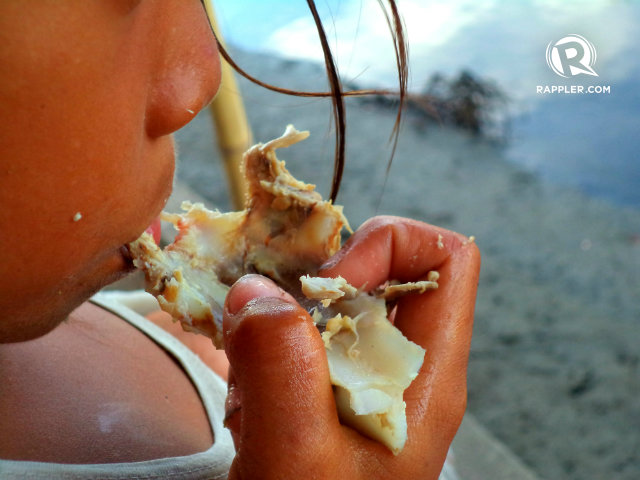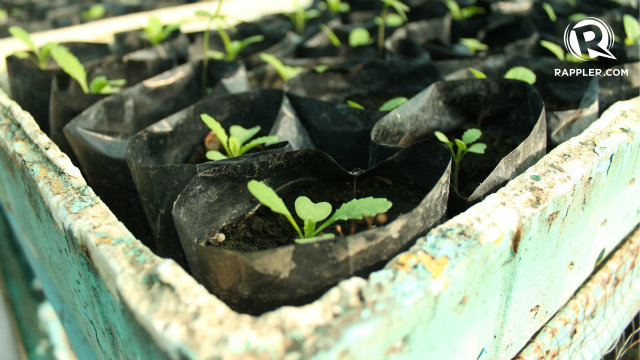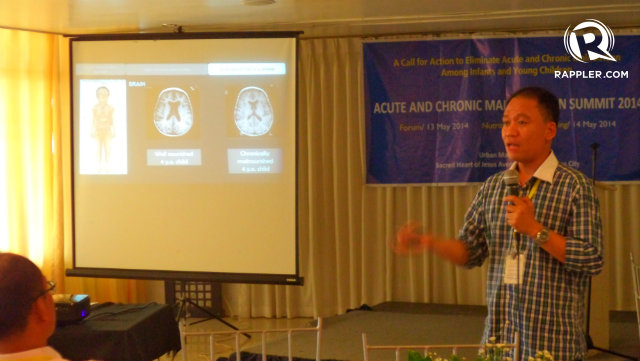SUMMARY
This is AI generated summarization, which may have errors. For context, always refer to the full article.
MANILA, Philippines – He was a “barrio doctor.”
He came from a city in Western Visayas, a lucrative career in medicine awaited the young doctor.
But right after his graduation, he opted to work in what he called the “island of no return.” He was literally stuck somewhere in the middle of the ocean.
The Department of Health’s (DOH) “Doctor-to-the-Barrios” program sends doctors to far-flung communities, most of which have not had doctors for years.
For over 4 years, the Limasawa Island was his clinic and his home. Electricity only ran for 6 hours a day; waves could be higher than buildings.
Life was tough, but the doctor said, “This is my calling…providing health care to the poor.”
“I rode my bangka (boat) at night, with my patients on board,” the doctor recalled.
By the time he left in 2010, the community won a national nutrition award. For the first time, it had programs on tuberculosis, maternal and child health, and newborn screening – a first in Southern Leyte.
Since then, the doctor has been visiting barangays (villages) across the country, fighting malnutrition through concrete action and education.
These days, the doctor spends most of his time in areas devastated by Super Typhoon Yolanda (Haiyan).
He is Martin Parreño, a doctor and also the national nutrition coordinator of Action Against Hunger (ACF), an international humanitarian organization.
When he is not out in the field conducting medical missions, he stands in front of crowds, talking about malnutrition.
A disease
“Malnutrition should be considered a disease since it damages cells, tissues, and organs,” Parreño argued.
Malnutrition disrupts the functioning of the heart, kidney, liver, and brain. It weakens the immune system, making a person more vulnerable to diseases and infections. Malnutrition from an early age can create permanent physical and mental impairments.
Acute malnutrition is included in the 2010 International Statistical Classification of Diseases and Related Health Problems (ICD-10) of the World Health Organization (WHO).
However, the Philippines does not share the same view, according to Parreño. He said that the Department of Health and the Philippine Pediatric Society are yet to decide over the issue.
Even among non-governmental organizations (NGO), only a few share the share same view as ACF. Malnutrition is still seen as either something that causes a disease or something that is secondary to a disease.
“The lack of recognition that acute malnutrition is a disease is why we are doing less about it,” Parreño said. “Majority of deaths among children under five is attributed to acute malnutrition, but that doesn’t show on their death certificates.”
A 2009 study from the University of Virginia also recognized malnutrition as an “enteric infectious disease with long-term effects on child development.”
Enteric means intestine-related. When a child consumes dirty food or water, his intestine suffers from bacterial infection. The intestine becomes flat and cannot absorb nutrients.
The study said that “intestinal infections lead to malnutrition and that malnutrition worsens intestinal infections.”
The lack of awareness and access to clean water, sanitation, and nutritious food are some of the results from poverty. Without proper intervention, the child may grow up in a cycle of poverty and poor health.
Diseases like pneumonia and diarrhea are usually declared in death certificates among children, “but the real culprit, the underlying cause is acute malnutrition,” he added.
“We don’t have strong policies yet, what we have are international guidelines used by non-governmental organizations (NGOs) to address acute malnutrition, particularly during emergency situations,” Parreño explained.
“It’s a disease, but it’s preventable and treatable,” Parreño said.
Education remains as one of the best ways to combat malnutrition. If parents are aware of the importance of nutrition and hygiene, a child may have a better chance at life.
Rethinking strategies

“DSWD’s supplementary feeding is a ‘blanket’ program. Everyone receives the same type and amount of food, without assessing individual needs. This is not the way to treat severe acute malnutrition,” Parreño said.
“For example, lugaw (porridge) can be high in sodium, that’s not good for malnourished kids,” according to Parreño.
He suggested a “targetted feeding program” which identifies the individual nutrition status of each beneficiary, with a special focus on malnutrition treatment. (READ: When hunger is a daily battle)
Parreño noticed how some parents misuse the 4Ps cash grants.
“Will they buy nutritious food? Sometimes it’s used for vices or for paying off loans. We have to question that system,” he said.
Once the money lands on the parents’ hands, it is hard to monitor what they do with it.
Parreño also observed that many of the food packs distributed during emergencies consist of instant noodles – this can worsen a child’s condition since the kidney of a malnourished child cannot eliminate sodium.
Instant noodles, being cheap and flavorful, is a popular choice among families short of cash.
Families could be eating, but it does not mean they are eating right.
Simple ideas
She is a nutritionist, a social worker, and a mother.
Since the 1980s she has served NGOs working with poor children. Her idea is simple and feasible, and yet the country cannot seem to implement it.
She is Cora Buenaflores, a member of the NGO Koalisyon para Alagaan at Isalba ang Nutrisyon (KAIN).

KAIN urges local government units (LGUs) to support local producers.
“This will provide not only sustainable livelihood, but also food,” Buenaflores said.
In this set-up, the LGU will buy local farmers, fishers, and community gardeners will provide the products to be used for community feeding programs targeting malnourished families.
The products may also be sold to other towns, especially those in need of fruits and vegetables.
Meanwhile, local experts will be asked to share their skills and knowledge with the rest of the community. To avoid dependence, beneficiaries will be provided with capacity building, actual jobs placements, and not just business capitals – since not everyone could or would want to enter entrepreneurship.
“This will recognize the value of indigenous knowledge, local ingredients, and collective effort, while also pushing for sustainability,” Buenaflores added.
However, no matter how good on paper, these ideas cannot work without the support of both national and local governments. – Rappler.com
Do you know other advocates fighting hunger? Introduce us to your own health champions. You can send your ideas, stories, research and video materials to move.ph@rappler.com. Be part of the #HungerProject.
Add a comment
How does this make you feel?

There are no comments yet. Add your comment to start the conversation.